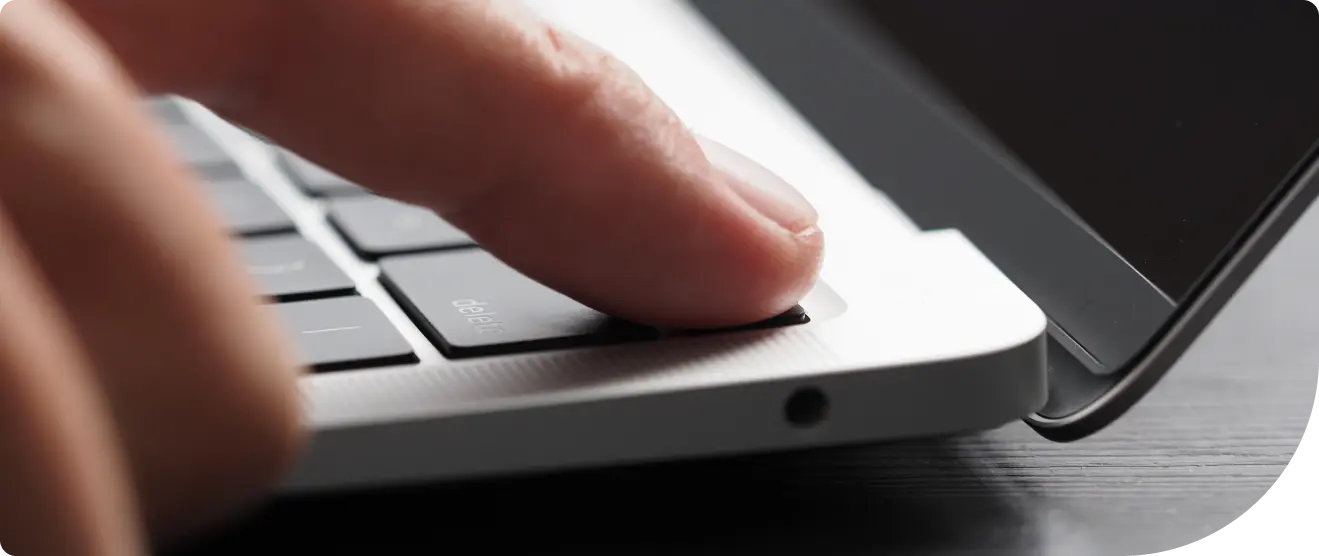What is phishing-resistant MFA?
Phishing-resistant multi-factor authentication (MFA) is an identity verification method designed to prevent unauthorized access through phishing — even when credentials like usernames and passwords are compromised. Unlike traditional MFA methods such as one-time passcodes or push notifications, it uses authentication factors that can’t easily be intercepted, reused, or spoofed.
What makes it phishing-resistant? It comes down to the type of authentication factors used. Rather than something an attacker could socially engineer a user into sharing, like a code or approval prompt, phishing-resistant MFA relies on possession-based and biometric factors. These require users to physically interact with a trusted device — like tapping hardware security keys or using fingerprint or facial recognition.
These stronger factors are enabled by standards like FIDO2 and WebAuthn, which use public-private key cryptography to verify identity without transmitting reusable credentials. Even if a password is phished, access can’t be granted without the associated device or biometric proof.
By limiting the ability of attackers to exploit user behavior or bypass authentication with stolen credentials, phishing-resistant MFA significantly reduces the risk of account takeover — especially in high-risk environments where phishing is common.
Why phishing-resistant MFA matters
Your users must focus on their work — not second-guess every login alert. But attackers are constantly evolving their tactics. They send fake login pages to steal passwords, trick users into approving fraudulent push notifications, and use man-in-the-middle (MitM) attacks to intercept credentials in transit.
These attacks exploit the weakest link in many traditional MFA implementations: the human factor. That’s where phishing-resistant MFA comes in. It helps reduce the risk of successful phishing by using authentication factors that can’t be phished — like a hardware security key or biometric verification. These methods require physical action from the user and are cryptographically tied to the device, making it extremely difficult for attackers to replicate or misuse.
By upgrading to phishing-resistant MFA, your organization can reduce the risk of account compromise and give users a secure, reliable login experience — without the constant friction or second-guessing.
Understanding phishing and its threats
Phishing is one of the most widespread and dangerous techniques cybercriminals use to steal sensitive information. These attacks often arrive via email, text message, or chat, disguised to look completely legitimate. The goal? Trick someone into clicking a malicious link or revealing passwords, financial information, or company data.
Attackers constantly evolve their methods, making phishing emails harder to recognize. One misstep can lead to compromised accounts, data breaches, or unauthorized access to systems.
The key to prevention is awareness and preparation. Teaching your team how phishing works, combined with the right security tools like phishing-resistant MFA, helps block these threats and keeps daily work flowing without distractions.
Smarter ways to stay secure from phishing attack
We've all experienced outdated multi-factor authentication (MFA) that feels clunky and disruptive. But modern security doesn't have to be frustrating. With the right solutions, you can safeguard your organization and make life easier for your team. Here's what works:



